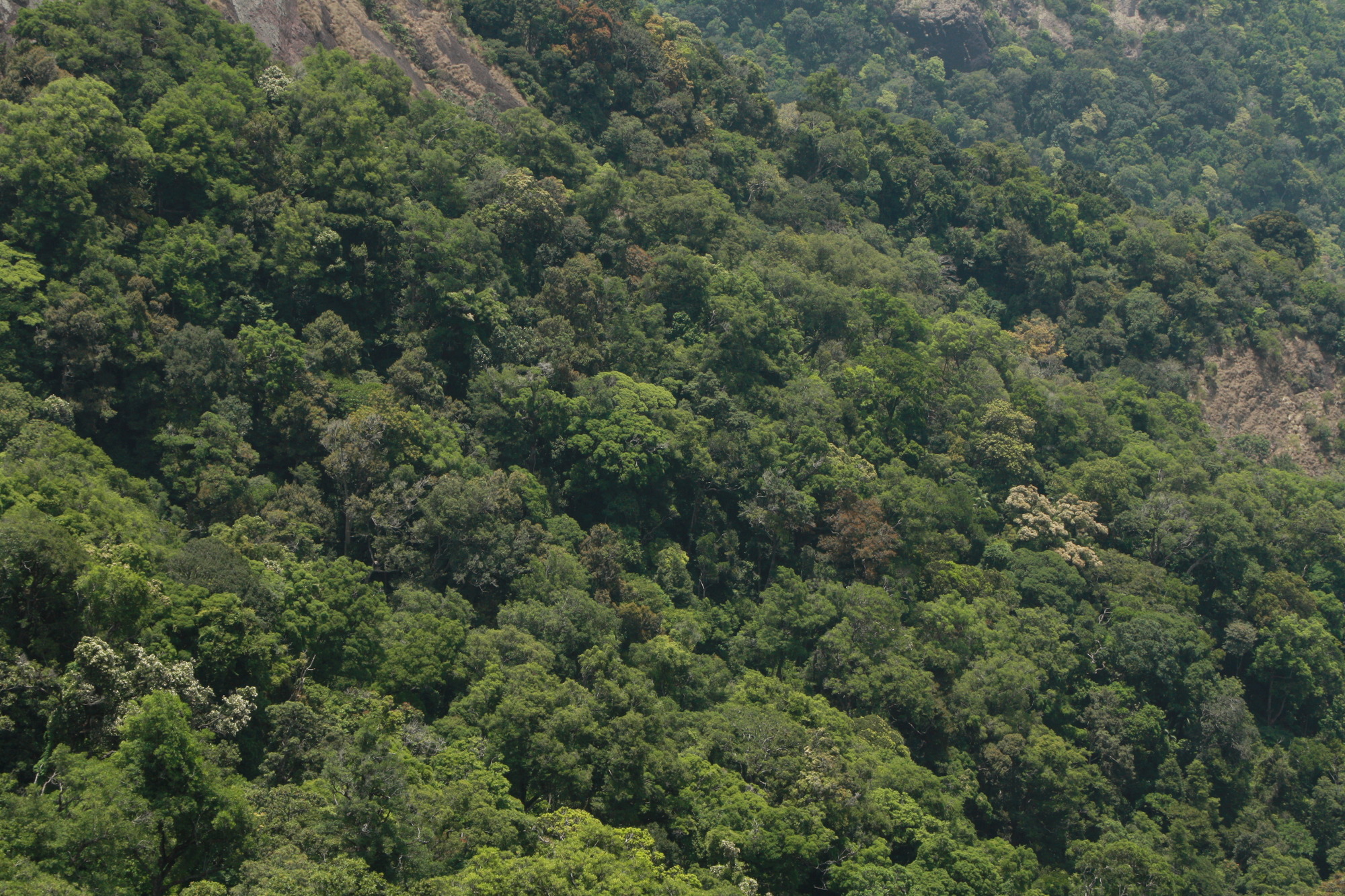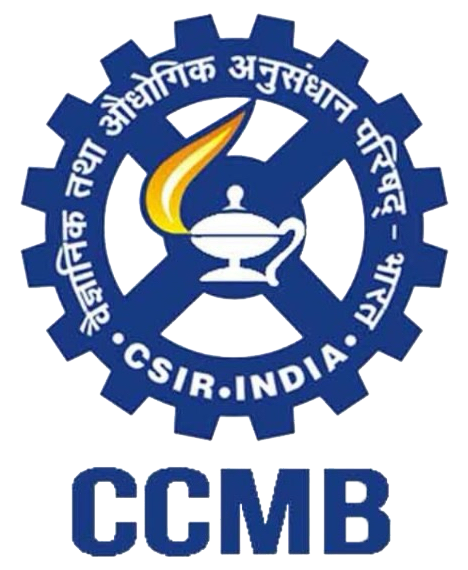
Our Collaborators
Building Alliances for Global Impact in Conservation
1. Anita Malhotra
Reader in Zoology (Molecular Ecology) | School of Environmental & Natural Sciences, Bangor University, UK
Dr Anita Malhotra is a Reader at Bangor University in Wales, UK. Born and brought up in India, she is a molecular geneticist, evolutionary biologist and herpetologist who has worked all over Asia on elucidating the evolutionary relationship, species boundaries and distributions of pitvipers, venomous snakes that cause the majority of bites in many countries. More recently, she has been concentrating on bringing together an interdisciplinary team to help improve the snakebite situation in India at many levels, from promoting prevention to improving antivenom formulation.
2. Kaya Top-kloker
Post-Doctoral Researcher | Conservation Biology Research Group, University of Newcastle
Dr. Kaya Klop-Toker is a conservation biologist specializing in population ecology and adaptive management of threatened amphibians. Kaya is passionate about understanding the often multi- faceted mechanisms behind amphibian decline, with her research having focused on disease, invasive species, habitat suitability, translocations, and mitigation.
3. A Jailabdeen
Project Coordinator | Gharial Ecology Project
He is project leader in Gharial Ecology Project and has done extensive field work on gharial communication and telemetry. His innovative ideas and use of technologies have steered the GEP to document interesting behaviour of gharial that has not been so far known.
4. Barkha Subba
Conservation Biologist |
She is a Conservation Biologist. She is currently working as an independent researcher in association with a grassroots organization FOSEP (Federation of Societies for Environmental Protection) located in Darjeeling hills. She is also a guest lecturer at Cotton University, Guwahati. Her work primarily focuses on Conservation biology, Global environmental change and Eco- restoration in the Eastern Himalayas. Her PhD work focused on community assemblage of amphibians along an elevation gradient in Sikkim Himalaya (500m to 5500m amsl), the effect of climate change in high elevation frogs and also investigating the social and cultural aspects of hunting frogs by various indigenous groups and its impact on the frog population. She is currently engaged in Eco restoration of tea garden forests in Darjeeling as well as restoration of wetlands and conservation of Himalayan salamander in the Darjeeling hills.
5. G Venu
Visiting Scientist | Indian Institute of Science | IISC · Centre for Ecological Sciences
Venu’s research includes the cytotaxonomy of herpetofauna of India with particular emphasis on the role of chromosomes in speciation. Has research interest in sperm morphology diversity in invertebrate and vertebrate systems, and collaborate on the classical and molecular cytogenetic characterization of antlions, dung beetles, caecilians, geckos, and uropeltid snakes of India.
6. Janice Chanson
Senior Associate | Amphibian and Australian Conservation
Janice Chanson is currently the program lead for Re:wild in Australia. Based in Brisbane, she works closely with federal and state governments and local NGOs and conservation organizations to continue expanding the existing protected area network with a particular focus on threatened biodiversity, and addressing the threat of invasive species and habitat loss
7. Jeffrey W Lang
Professor | Professor, Emeritus, U.North Dakota 1980-2023 Senior Scientific Advisor, Madras Crocodile Bank, 2008-2023 Gharial Ecology Project (2008-2023)
His research on crocodilian biology spans over four decades and he has made several significant contributions to Indian crocodilians. His work on thermoregulation, sex determination and more recently, on the ecology of gharial are major contributions.
8. KV Gururaja
Faculty | Srishti Manipal Institute of Art, Design and Technology
Gururaja KV is a batrachologist, working as a faculty at Srishti Institute of Art, Design and Technology, Bengaluru, India and Adjunct Scientist at the Gubbi Labs, India. His current research interests are in the field of amphibian ecology, behaviour and landscape ecology.
9. Maya Gopalakrishnan
Associate Professor | Department of Medicine, All India Institute of Medical Sciences, Jodhpur
She is a clinician-researcher with interest in snakebite envenoming. Dr Gopalakrishnan’s work focusses on tackling clinical challenges in snakebite management and improving care for patients and survivors using a broad transdisciplinary crosscutting approach including species and risk mapping, epidemiology, clinical/intervention research, evolving decision-support tools for the snakebite problem. Apart from snakebite envenoming she is interested in Neglected Tropical Diseases, Acute pesticide and plant poisonings, and rheumatology in the LMIC settings. She is a passionate teacher and her research questions also explore and addressing “Neglect” in NTDs through health professional education curriculum and training.
10. Natalia Catalyaud
|
She works in San Diego Zoo Wildlife Alliance Beckman Center for Conservation Research. She works on assisted reproductive technologies for amphibians. She is a member of IUCN SSC Animal Biobanking for Conservation Specialist Group.
11. Robert Browne
| Manager, Sustainability America, Sarteneja, Corozal District, Belize.
Dr. Robert provides expertise in both the practical and academic aspects of sustainability technologies and biodiversity conservation including the drafting or editing reports, grant applications, scientific articles, and in project management.
12. Robin Doley
Associate Professor | Dept. of Molecular Biology and Biotechnology, Tezpur University
Dr. Doley established his Molecular Toxinology laboratory in the department. His research interest is to understand the variation of medically important snake venoms from different locations of India as well as to understand the structure-function relation of haemostatically active snake venom proteins. Understanding the variation of venom proteins is important as polyvalent antivenom used in India is raised against “Big Four” snakes and used for the treatment of any snakebite victims. Due to variation in the venom composition, this polyvalent antivenom is not so effective. Using proteomic approach, Dr. Doley’s laboratory works to understand the variation of venom composition as well as using antivenomics approach, the immunodepleting capacity of the polyvalent antivenom is being perused. Such study is important to understand efficacy of polyvalent antivenom used for the treatment of snakebite patients.
13. Sumeet S. Gulati
Professor and Associate Dean | Food and Resource Economics|Wildlife and Conservation Economics Laboratory, The University of British Columbia | Vancouver Campus, Canada
His research spans two main themes: 1) the economics of wildlife conservation, and 2) the economics of urban transportation. He spent most of his time these days estimating the cost of conflict with wildlife to farmers living in proximity of wildlife reserves in India. This includes direct damages from conflict: lost crops and livestock, human injury and death. It also includes indirect costs from not being able to grow the crops they would like to, or from having to alter their portfolio of livestock they herd (and other measures taken to lower conflict).
